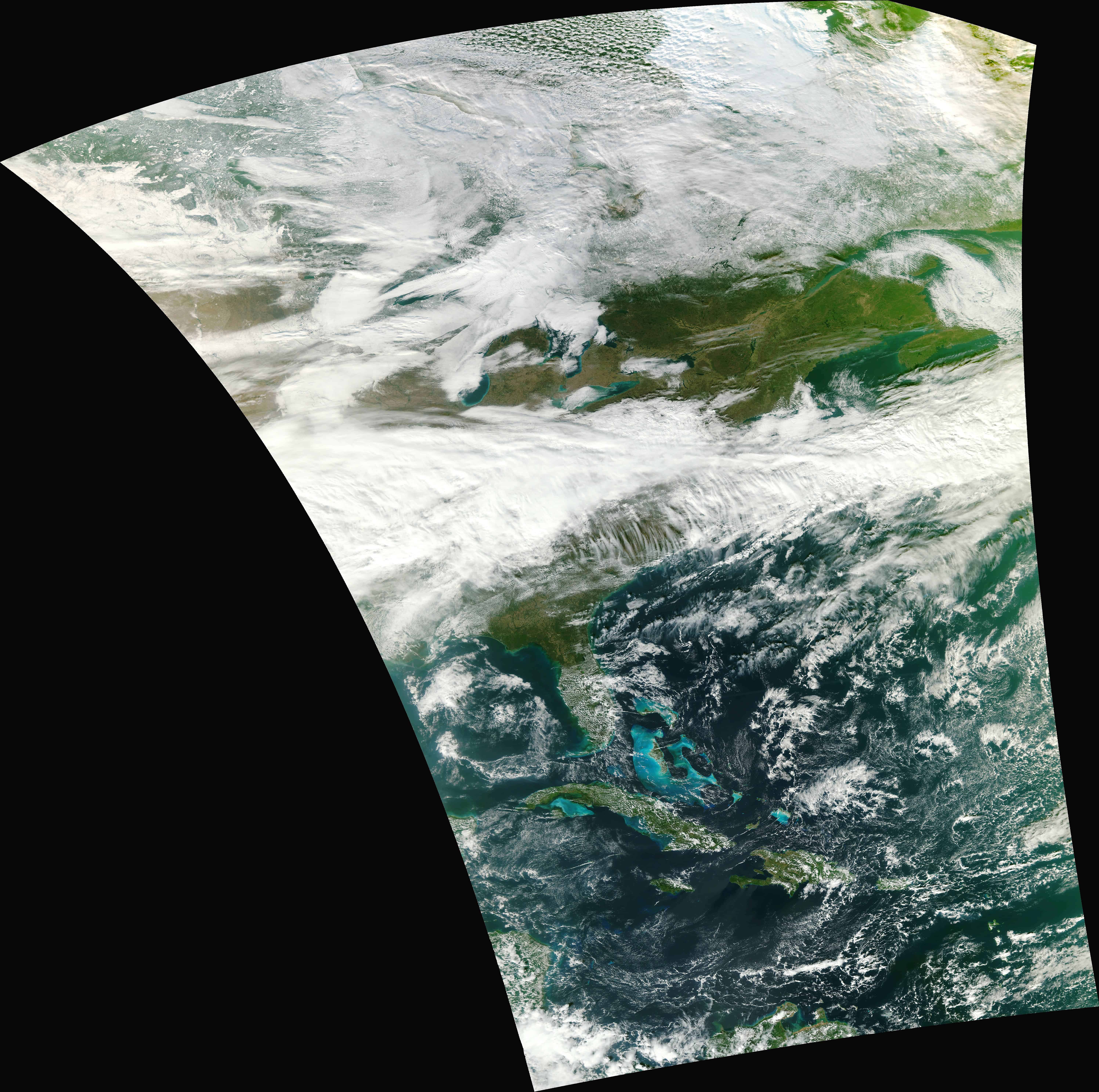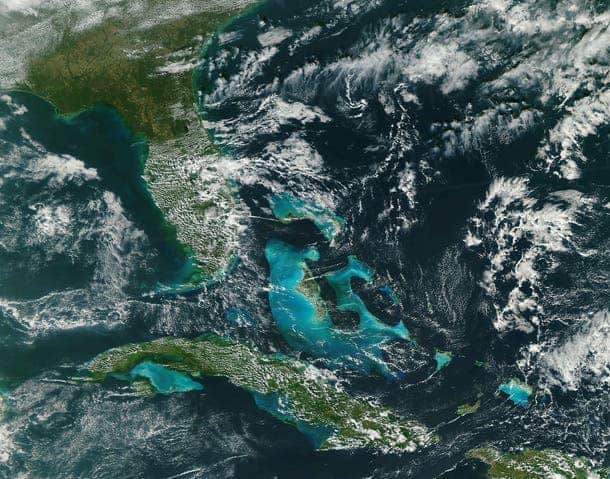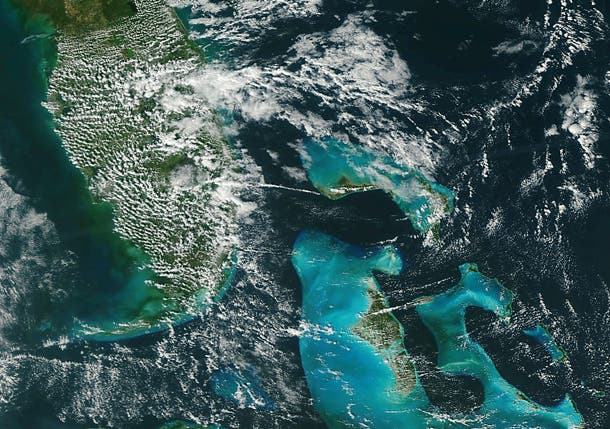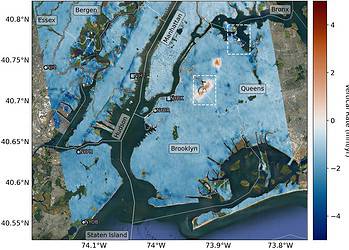Less than a month ago, on the 28th of October, the National Polar-orbiting Operational Environmental Satellite System Preparatory Project (NPP) satellite launched into low-Earth with the main purpose of observing our planet’s environment and climate, some 800 km above our planet. Here you can see one of its first pictures, and what a picture it is!
What’s that you say, not a big deal ? Well then please click the link, to see this picture in its entire zoomongous beauty (yeah, I know it’s not a word)! It shows the entire planet, from Canada to South America, but here’s a close-up version.
But wait, we can zoom even more!
This is another bittersweet reminder that even as NASA’s budget gets dramatically cut down, even amidst all the climate change skeptics, science moves on; and we need science to move on, it is impervious for our survival as a species.
Via Bad Astronomy









